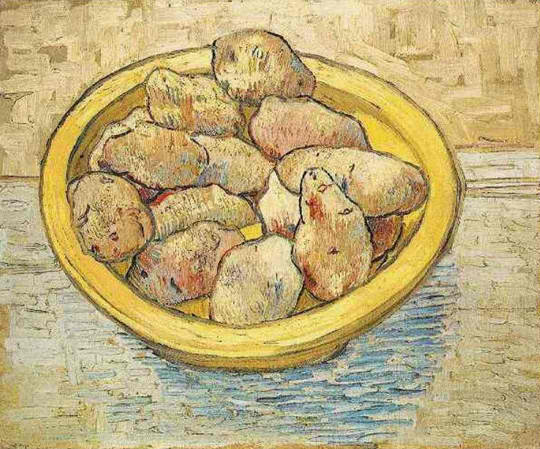 The historical trajectory of potatoes joined ours sometime between 8,000 and 5,000 B.C. The Incas developed enough different varieties that, according to National Geographic, they could glean every nutrient needed for survival from a potato-only diet. They included spuds in their prayers.
The historical trajectory of potatoes joined ours sometime between 8,000 and 5,000 B.C. The Incas developed enough different varieties that, according to National Geographic, they could glean every nutrient needed for survival from a potato-only diet. They included spuds in their prayers.
The rest of the world was not so enamored. When the Conquistadors introduced potatoes to Europe in the 1500s, folks suspected them not merely deficient for human consumption, but injurious. They are not mentioned, after all, in the Bible. Their lumps and eyes suggested disease in an age in which the appearance of a vegetable was often thought to reflect the maladies it could cause or cure. In 1633, French Burgundy felt the need to pass a law forbidding people “to make use of these tubers, because they are assured that the eating of them causes leprosy.” Continue reading
